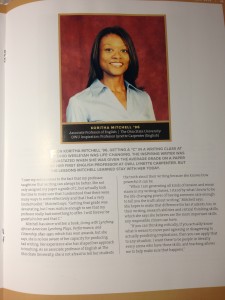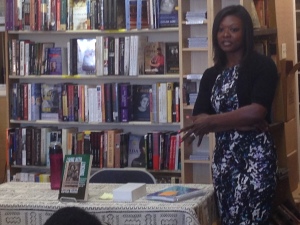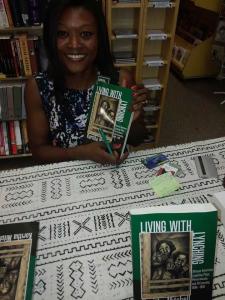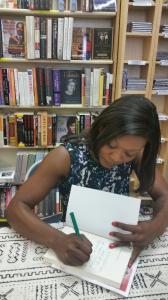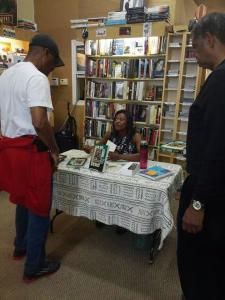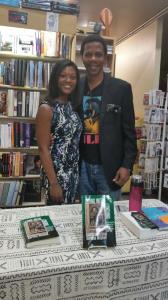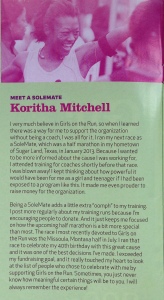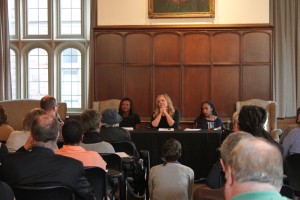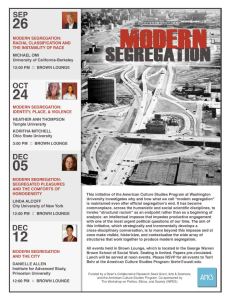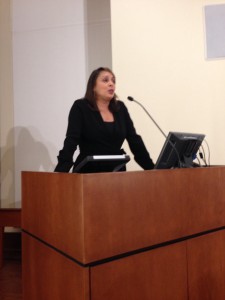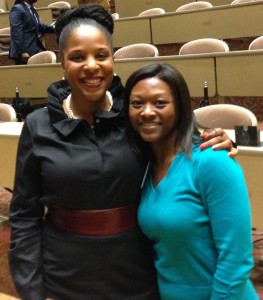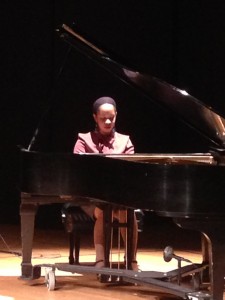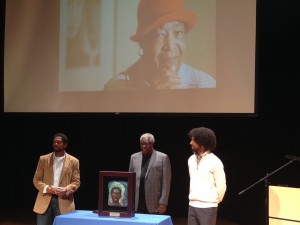For at least the past 4 months, I’ve been struck by how painfully relevant my research on violence is. It’s hard to keep things straight because violence against Black and Brown people is so rampant. If we consider the past few years, even a very partial list of those killed (not just harassed or injured) by police (not civilians) becomes shocking: 7-year-old Aiyana Stanley-Jones, 12-year-old Tamir Rice, 12-year-old Santos Rodriguez, 13-year-old Andy Lopez Cruz, 14-year-old Cameron Tillman, Michael Brown, Eric Garner, Ezell Ford, John Crawford, Mateo Carlo Machella, Israel Hernandez Llach, Constantino Garcia, Carlos Mejia, Osman Hernandez, Omar Abrego, Rakia Boyd, and countless other women and trans men and women whose names we don’t know.
Especially because my book Living with Lynching centers on how people coped when they were so clearly under attack, I thought this would be a good time to revisit an in-depth conversation I had with my OSU colleague Pablo Tanguay about the book and the journey that led me to write it. The interview is in 4 parts. In this first part, we talk about my growing up in Sugar Land, Texas; my experiences as an undergraduate at Ohio Wesleyan University; and how those experiences made me interested in graduate study. Hint: Toni Morrison’s The Bluest Eye and a fabulous internship in New York City played major roles.
Especially when everything is against certain populations, it’s hard to overstate the value of reading and being willing to expose oneself (and the young people in our lives) to a variety of experiences.



